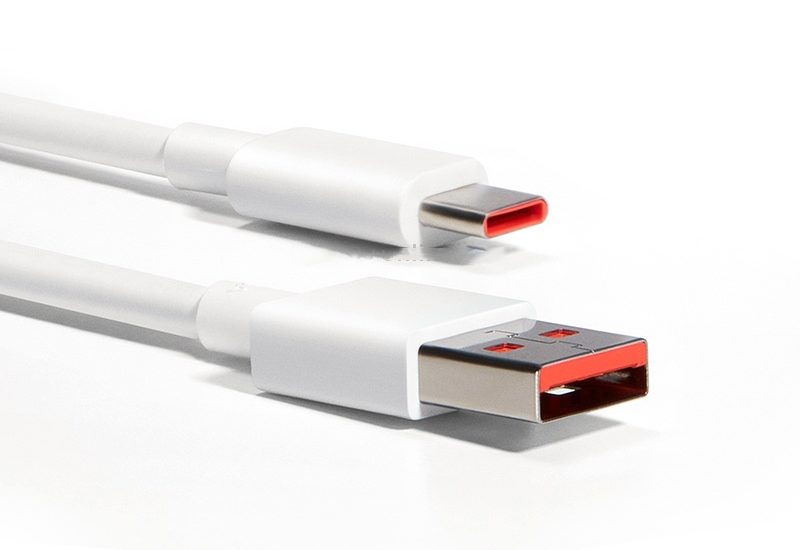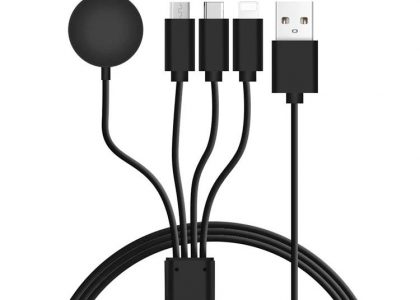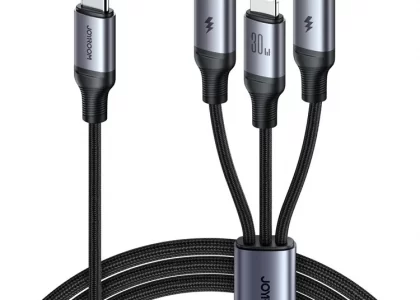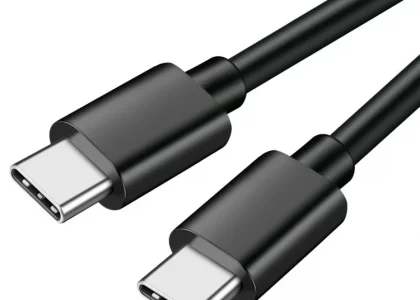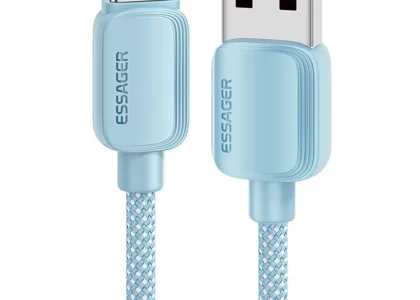In the modern tech world, having the right charging cable can make all the difference in keeping your devices powered and ready to go. With the variety of gadgets we use daily—from smartphones to tablets, laptops, and beyond—choosing the right cable can sometimes feel overwhelming. Today, we’ll explore three versatile charging solutions: USB-A to USB Type-C cables, USB Type-C to USB Type-A cables, and 3-in-1 charging cables. Each has its unique benefits and use cases, ensuring you have the right connection for every device.
USB-A to USB Type-C Cable: Bridging the Old and the New
USB-A to USB Type-C cable are essential for connecting older devices or accessories with USB-A ports to the newer USB-C ports found on modern gadgets. These cables are perfect for:
Connecting Legacy Devices: If you have a device like an older laptop, desktop, or charger with USB-A ports, and you need to connect it to a newer device with a USB-C port, such as a recent smartphone or tablet, a USB-A to USB Type-C cable is your go-to option.
Reliable Charging and Data Transfer: These cables support decent charging speeds and data transfer rates, making them ideal for everyday use. They provide a practical bridge between old and new technologies without needing to replace your existing equipment.
Wide Compatibility: USB-A to USB Type-C cables are widely available and compatible with numerous devices, from phones and tablets to peripherals like external hard drives and cameras. This makes them a versatile addition to any tech enthusiast’s kit.
While these cables offer compatibility and convenience, it’s important to note that they may not support the fastest charging speeds available with native USB-C connections. However, for general use, they are highly reliable.
USB Type-C to USB Type-A Cable: Modern Devices Meet Traditional Ports
On the flip side, USB Type-C to USB Type-A cables are used when you need to connect a modern device with a USB-C port to an older USB-A port. This configuration is commonly seen when:
Using Traditional Chargers: Many people still have older USB-A chargers, such as those found in cars, older power banks, or wall adapters. A USB Type-C to USB Type-A cable lets you charge your newer USB-C devices using these older power sources.
Connecting to Older Computers: If you need to transfer data between a new USB-C device and an older computer with only USB-A ports, this cable is the perfect solution. It’s especially useful for transferring files, photos, or backups without needing additional adapters.
Versatility in Everyday Use: Whether charging a smartphone, syncing data with an older laptop, or connecting to older accessories, USB Type-C to USB Type-A cables are invaluable for ensuring all your devices can work together seamlessly.
These cables are generally robust and easy to find, making them a staple in any tech setup. They help maintain compatibility across different device generations, ensuring smooth connectivity and charging experiences.
3-in-1 Charging Cable: The Ultimate Convenience
For those who juggle multiple devices with different charging needs, a 3 in 1 charging cable is the ultimate all-in-one solution. These cables typically feature connectors for USB-C, Micro USB, and Lightning (used by Apple devices), making them extremely versatile. Key benefits include:
One Cable for All Devices: With a 3-in-1 charging cable, you can charge your Android phone, iPhone, tablet, Bluetooth headphones, and other devices using a single cable. This eliminates the need to carry multiple cables, reducing clutter and simplifying your tech life.
Travel-Friendly: These cables are perfect for travel, as they take up less space in your bag and ensure you’re prepared to charge any device you encounter. Whether it’s a hotel room, airport lounge, or a friend’s house, one cable can handle it all.
Cost-Effective: Instead of buying multiple cables for different devices, a 3-in-1 cable offers an economical solution without compromising on functionality. It’s a practical choice for families, multi-device households, or anyone looking to streamline their charging setup.
Convenience and Flexibility: These cables often come in various lengths and colors, catering to personal preferences and needs. Some models even support fast charging for compatible devices, further enhancing their utility.
Conclusion
In the diverse world of charging cables, understanding the use cases for USB-A to USB Type-C, USB Type-C to USB Type-A, and 3-in-1 charging cables can help you choose the right solution for your needs. Whether you’re bridging the gap between old and new tech, ensuring your modern devices can connect to traditional ports, or simplifying your charging routine with a multi-functional cable, these options provide flexibility and convenience. By equipping yourself with the right cables, you can ensure that your devices stay charged and connected, no matter the scenario.


